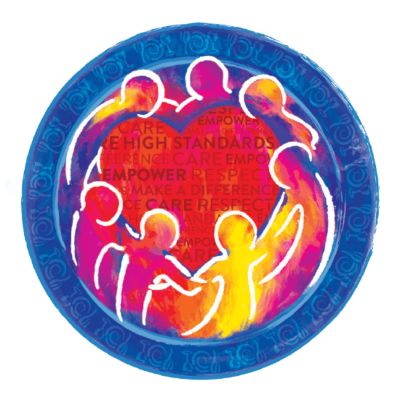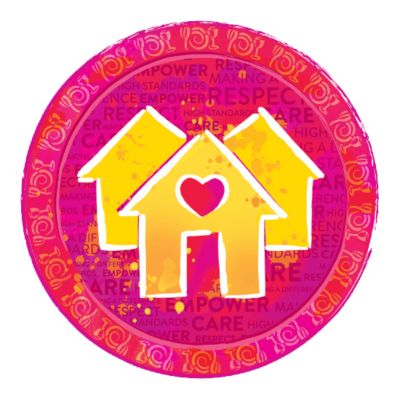Protein Power
Although most people get adequate protein, there are ways to optimize protein consumption so it is as effective as possible.
Video recorded February 27, 2024
What’s the Deal with Protein?
Watch this video to learn about protein’s important role in health—from immune support to fitness. Plus, discover delicious ways to add it to your plate!


What is protein and what does it do?
Protein is a macronutrient, which means that we need it in relatively large amounts compared to micronutrients (i.e., vitamins and minerals). It’s made up of smaller “building block” molecules called amino acids.
- Amino acids bond together to form small chains called peptides
- When several peptides bond together, they make a protein
Protein is needed to build and maintain cells, tissues, and organs. It is also needed to support your immune system; for example, the antibodies that protect you against infection are proteins! Some other benefits of protein are that it:
- Helps you feel full longer
- Supports muscle building and repair
- May help prevent blood sugar spikes
Protein is a nutrient needed to build and maintain cells, tissues, and organs.
How much protein do you need?
How much protein you need per day will depend on a variety of factors, such as your age, health, and activity level. While there is still much to learn about how much protein is needed to optimize health, here is what we know:
- The recommended dietary allowance (RDA) is the amount of protein you need to prevent deficiency
The RDA is just over 7 grams of protein for every 20 lbs. of body weight - For example, a 150-lb. person would need 54 grams of protein per day, while a 180-lb. person would need 65 grams per day to meet the RDA
- Most adults in the U.S. meet the RDA for protein
- Some people need more protein, such as kids, older adults, people who are sick, and those who are pregnant or breastfeeding
Individual protein needs vary, but most U.S. adults meet the minimum amount needed to prevent protein deficiency.
Plan a protein-packed day
You might be wondering, if everyone is meeting the RDA, why should I even worry about protein? The RDA is the amount needed to prevent deficiency, but there are opportunities to consume protein in a way that allows it to be used as efficiently and effectively as possible.
Aim to get 20-30 grams of protein per meal from a variety of different foods.
1 - Aim for the “Sweet Spot”


- Research has shown that the sweet spot for protein is 20-30 grams per meal
- A minimum of 20 grams per meal helps us meet our needs
- Excess protein will eventually be stored as fat so more is not necessarily better
Do some people need more? Some research suggests that over 30 grams of protein per meal might be appropriate for some people, such as older adults or athletes.
2 - Spread It Out Over the Day


- Most of us get the bulk of our protein at dinner and very little at breakfast and lunch
- Starting the day with at least 20 grams of protein moves us out of muscle breakdown (which happens while we sleep) and into muscle building
- Including more protein at breakfast, lunch, and snacks can help promote fullness and may help regulate blood sugar
3 - Focus on Variety and Quality


- Research suggests that about 85% of protein consumed comes from animal sources, which has implications for overall nutrient intake and potential environmental impacts
- Getting protein from a variety of foods—putting more focus on minimally processed plant foods instead of animal sources—is a step toward a pattern of eating that is supportive of overall good health
Protein for Plant Lovers: If your protein is coming mostly or entirely from plants, aim for the high end of the sweet spot of 30 grams at meals.


Which foods have protein?
Protein can be found in a variety of foods, from both animal and plant sources. Here are some of the types of foods and products that will help add protein to your day:
- Meat, poultry, eggs, and meat alternatives such as chicken, ground turkey, beef, and tofu
- Seafood such as salmon, tuna, cod, and shrimp
- Dairy foods such as yogurt, milk, and cheese
- Legumes such as beans, peas, and lentils
- Nuts and seeds such as walnuts, almonds, cashews, chia seeds, peanuts, and nut butters
Other foods contain protein but in smaller amounts, such as fruits, veggies, and whole grains (e.g., brown rice, whole wheat bread).
Protein can be found in meat and seafood as well as a wide variety of plant foods such as beans, peas, nuts, and whole grains.
Protein
Add a protein like chicken, fish or veggie burgers to help you feel full longer.-










